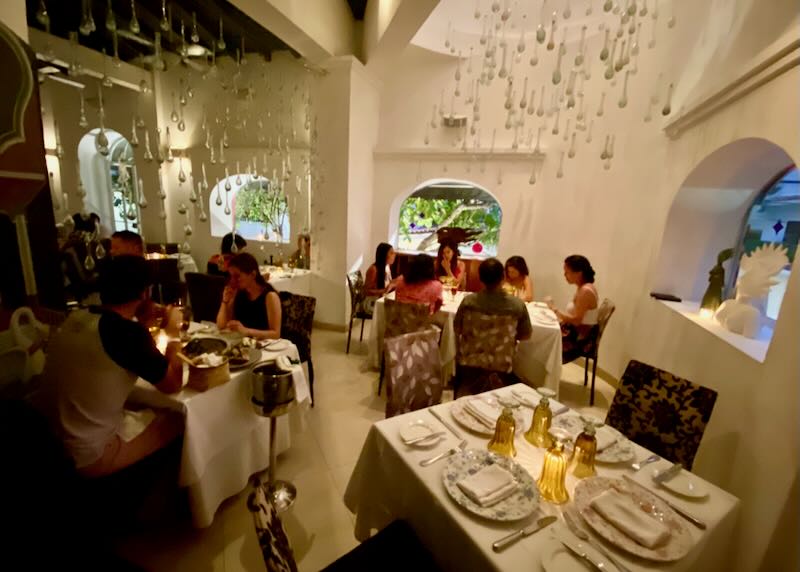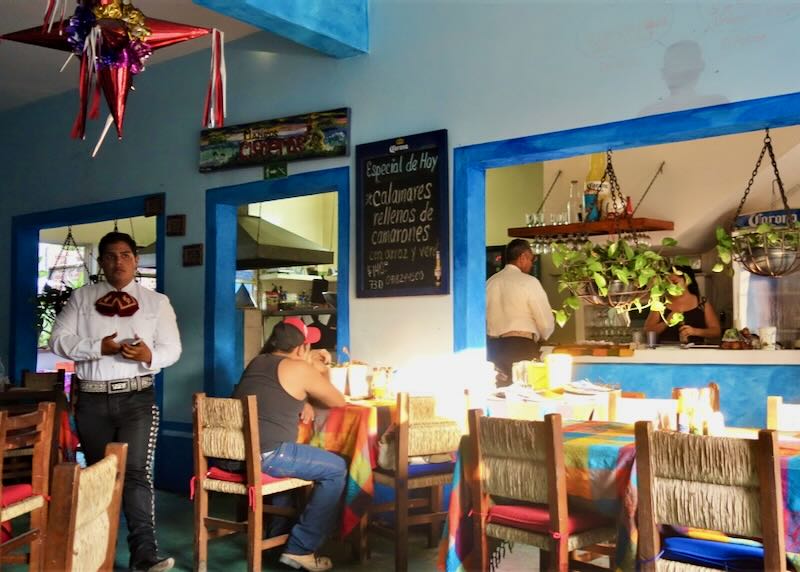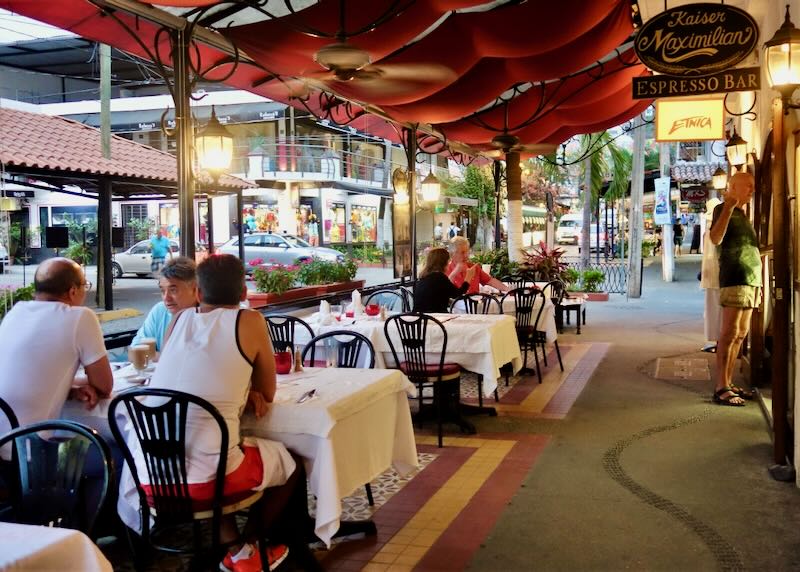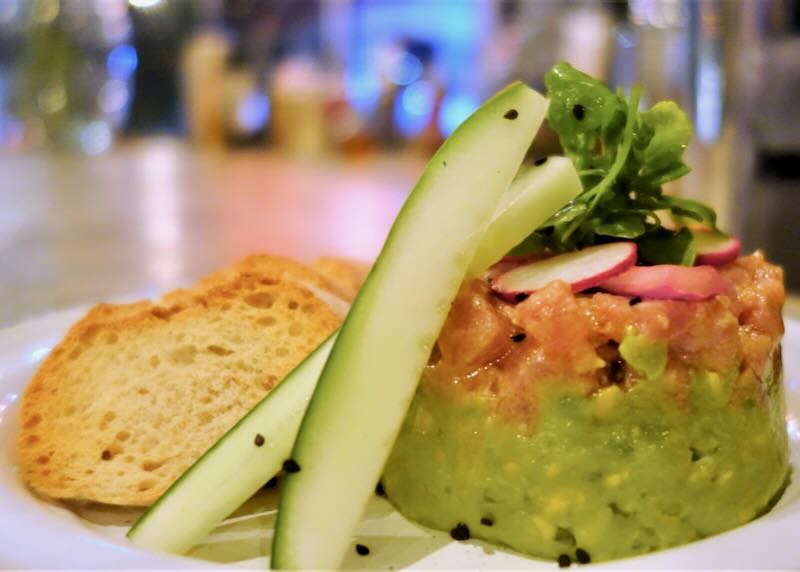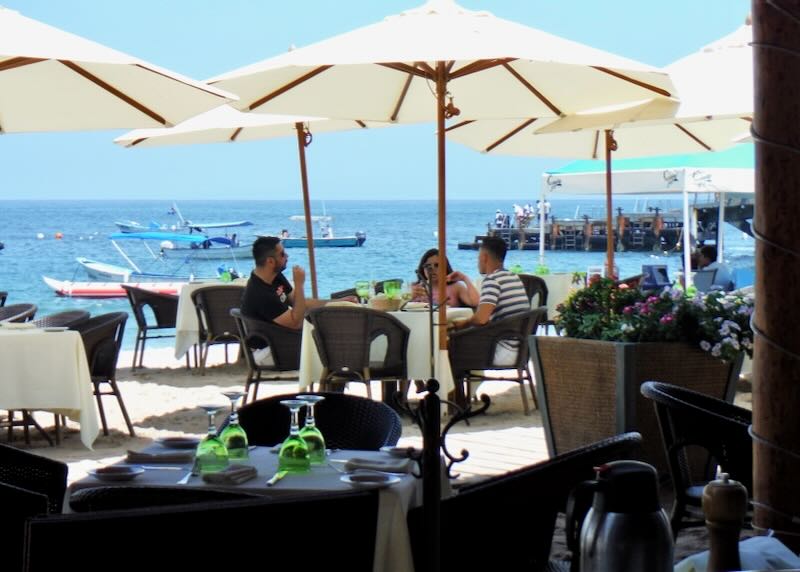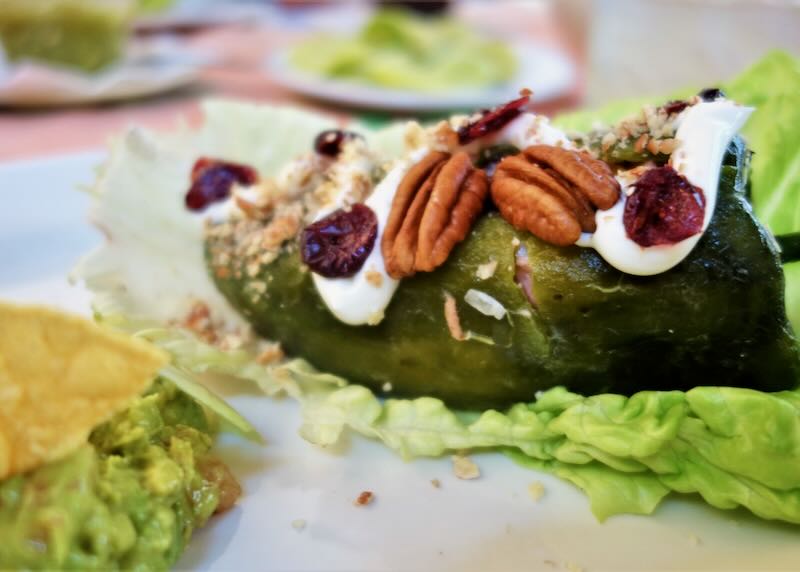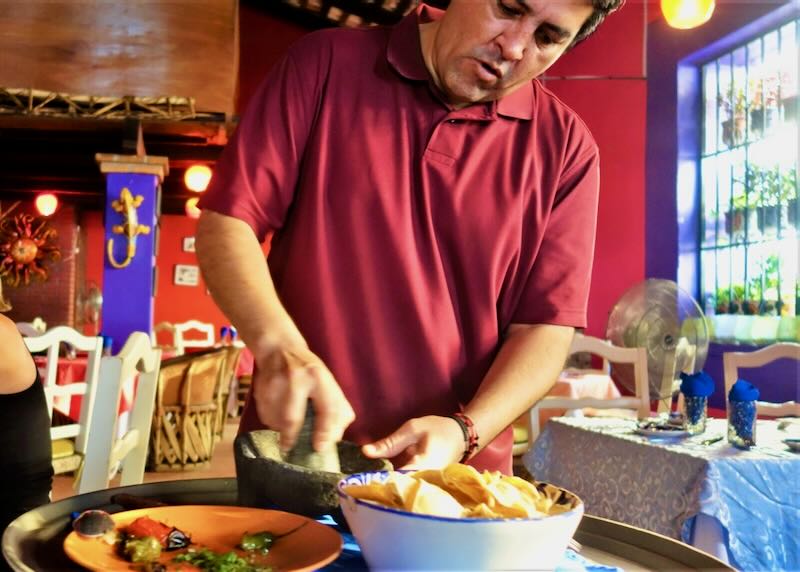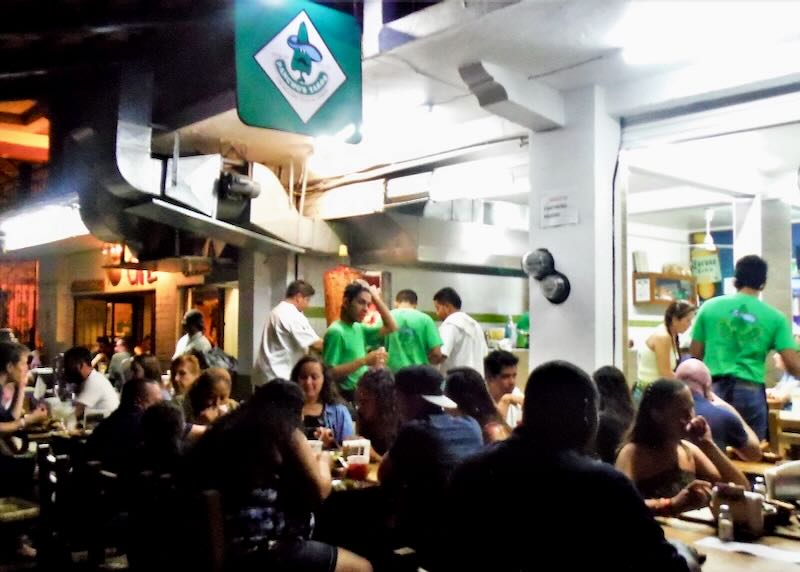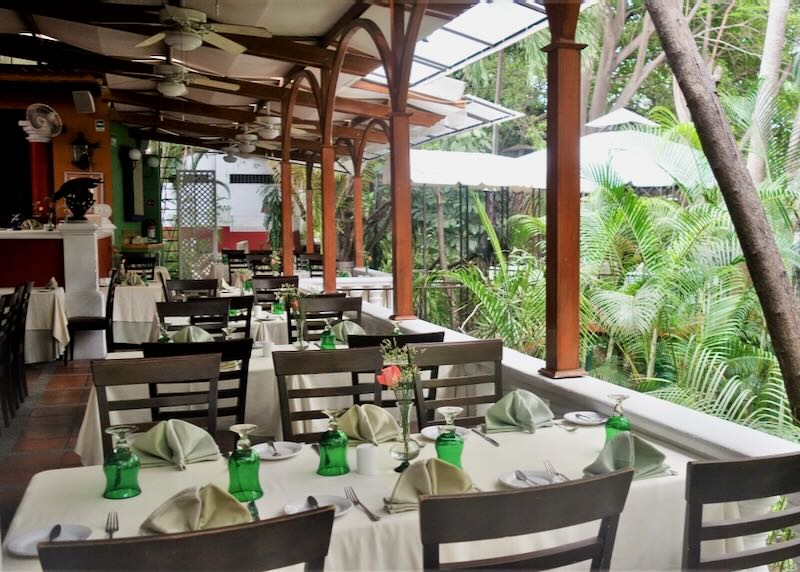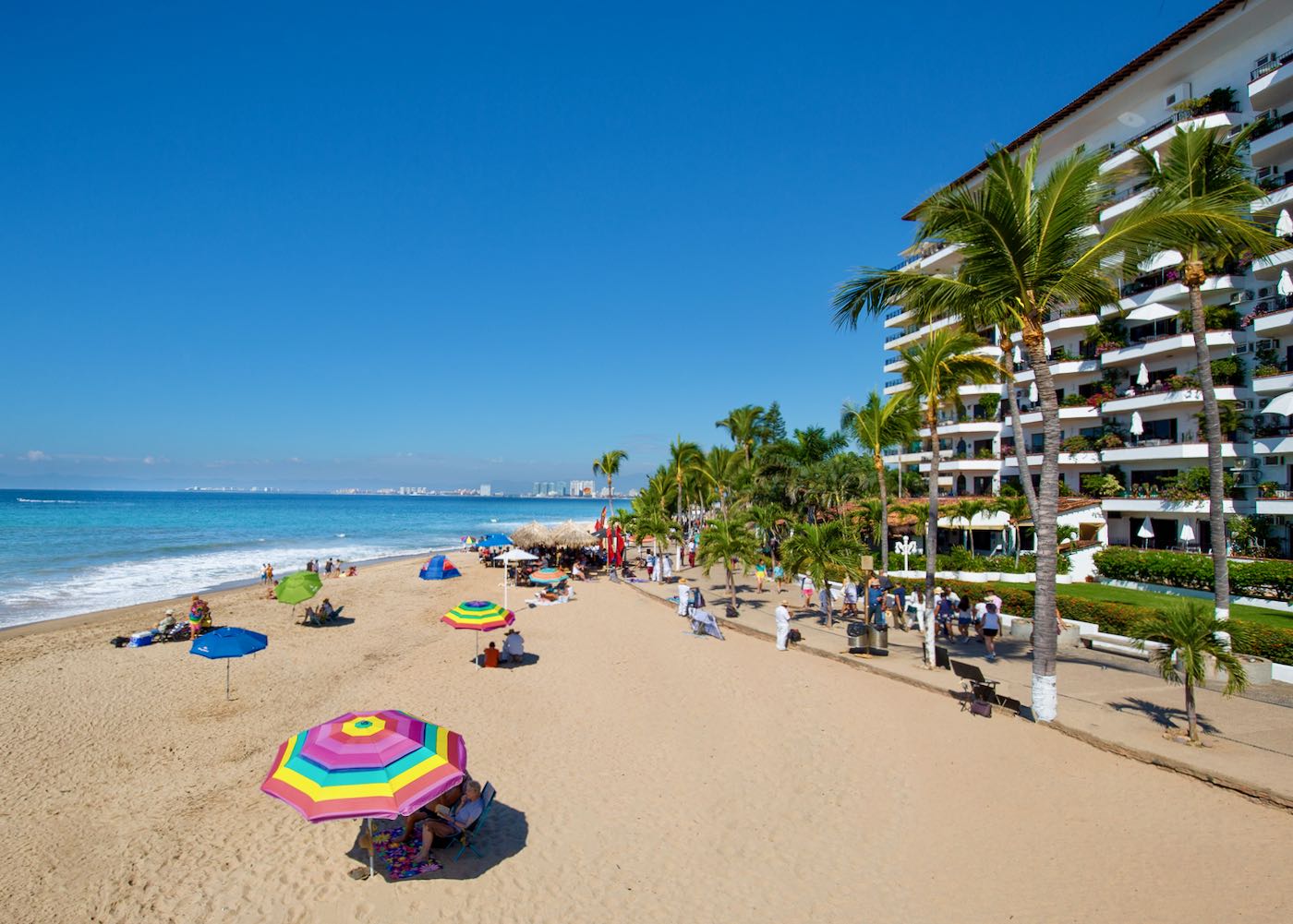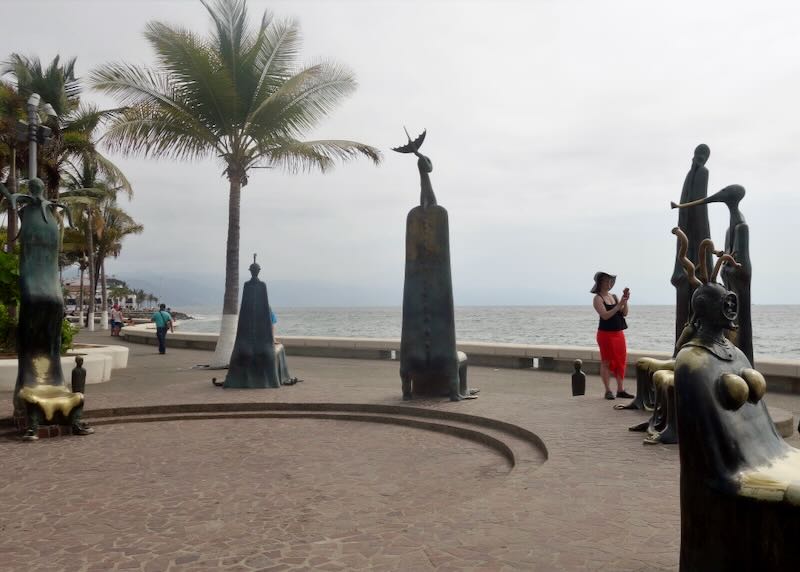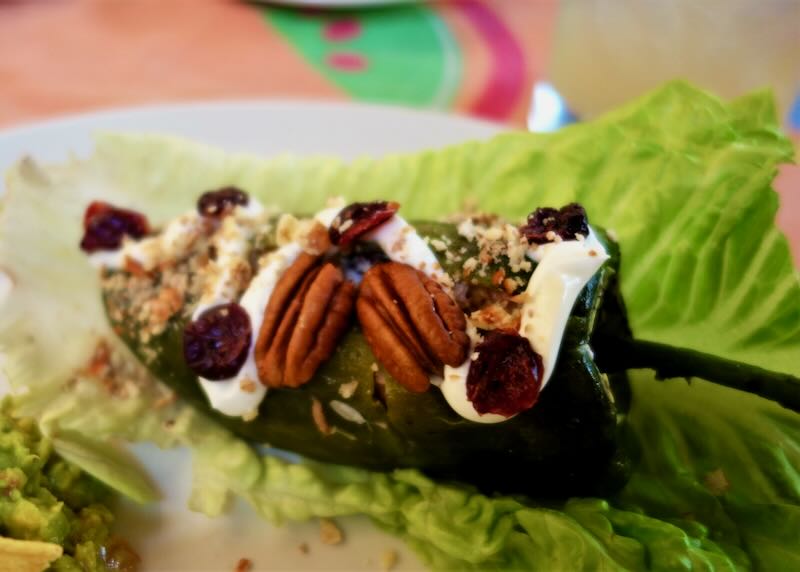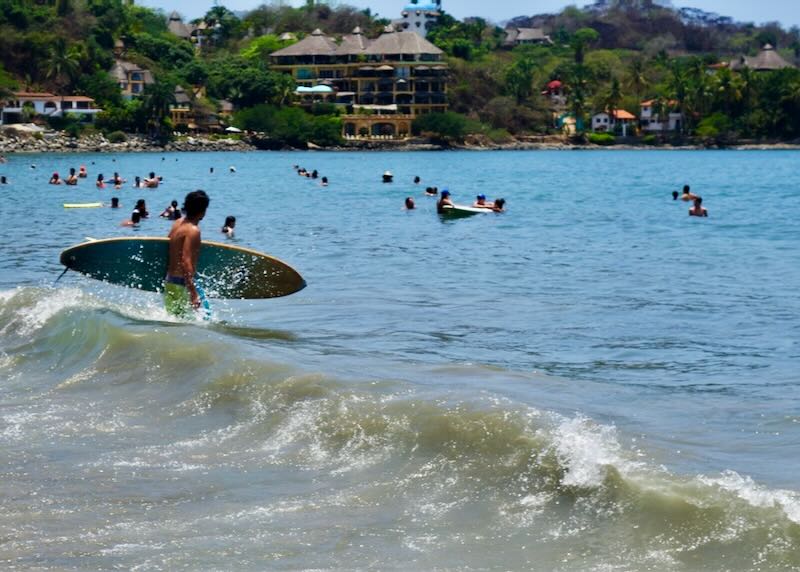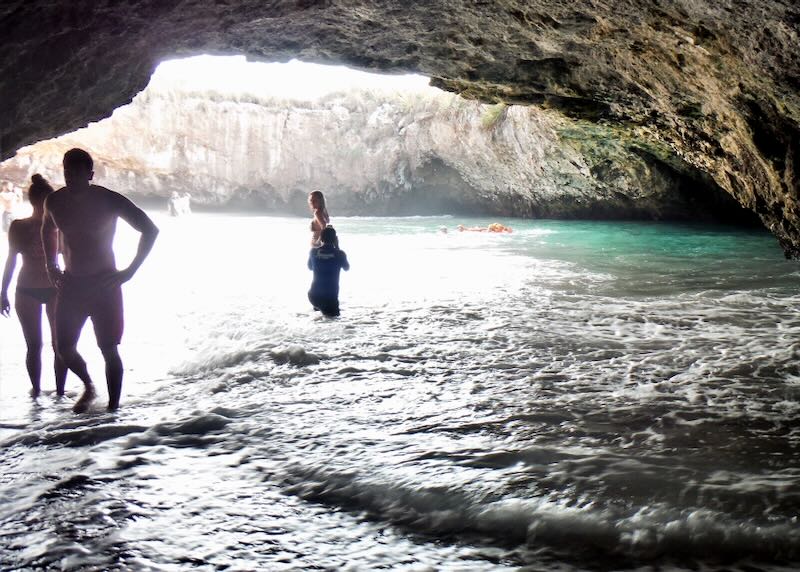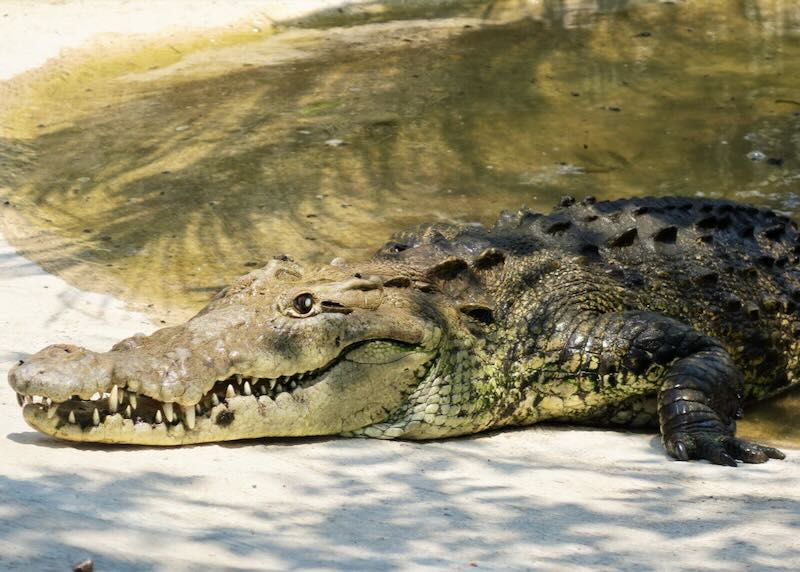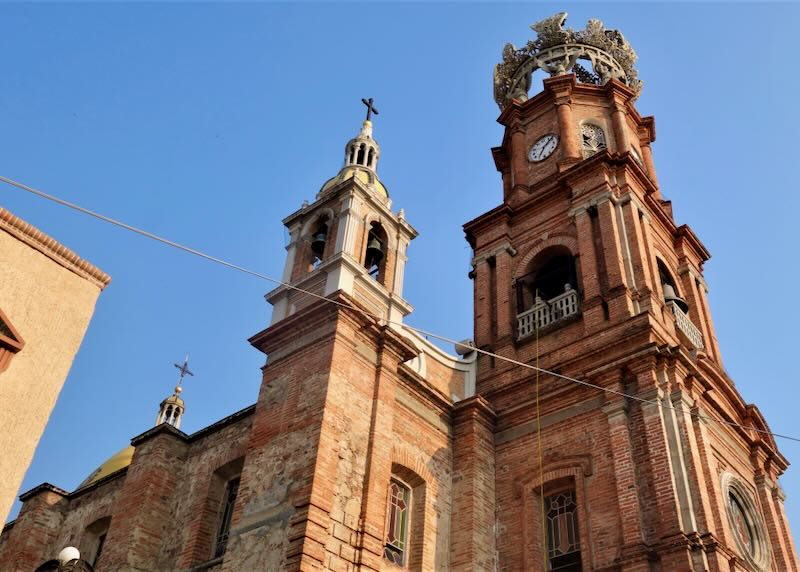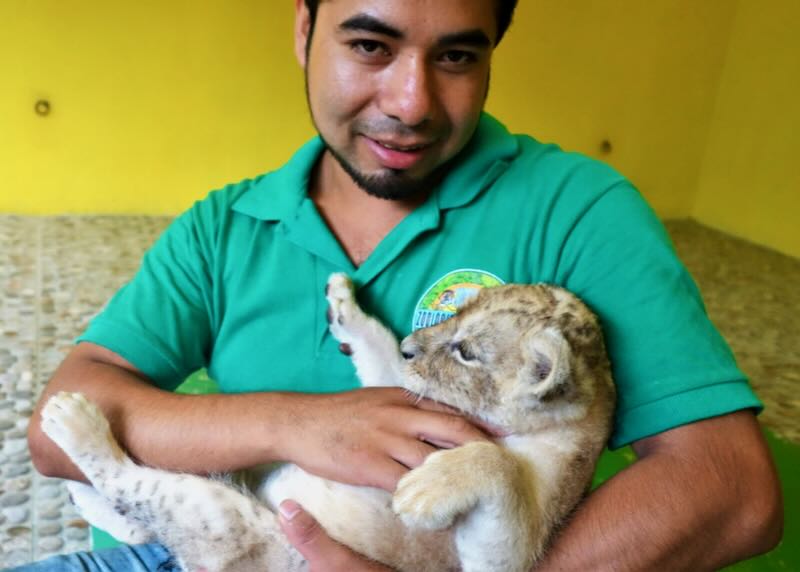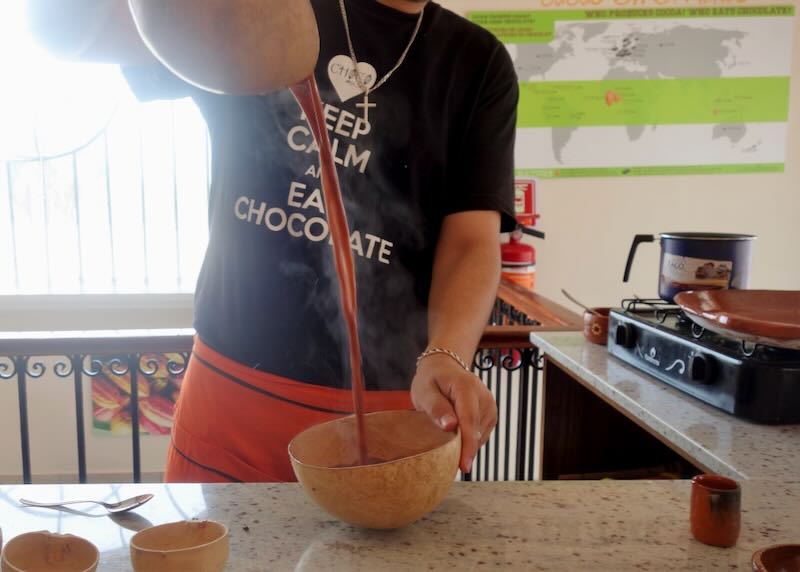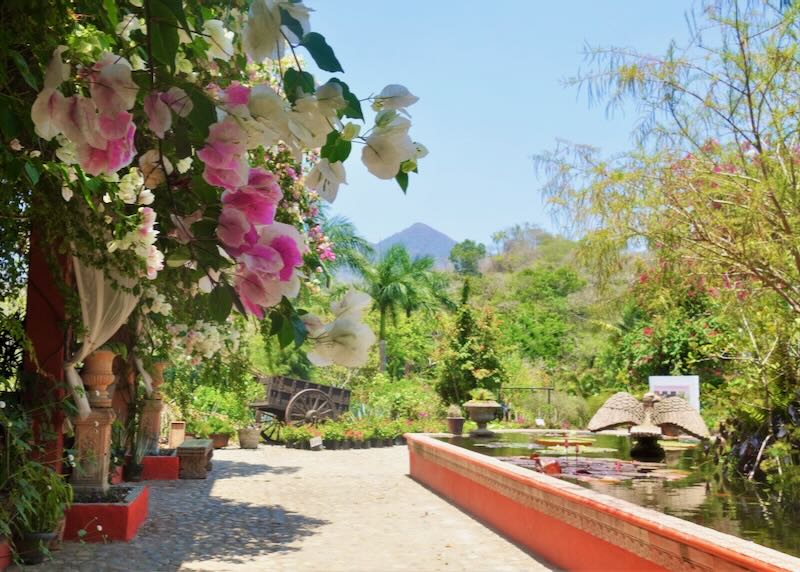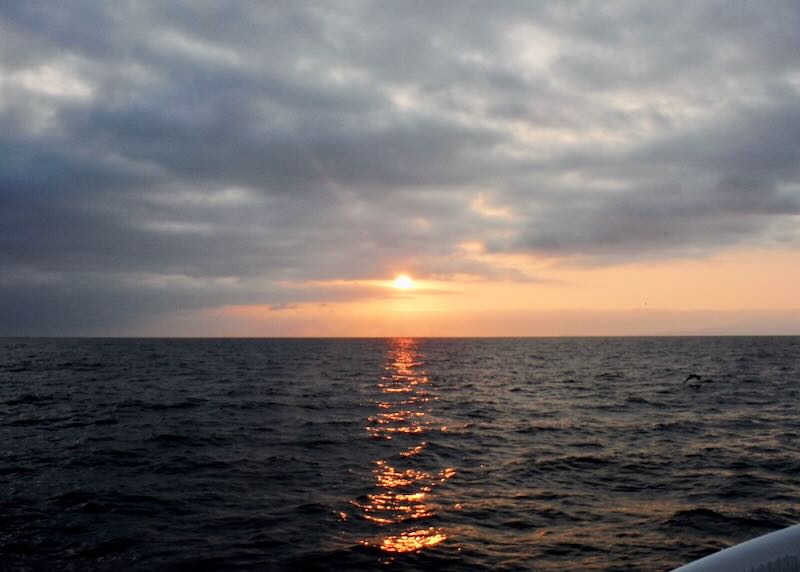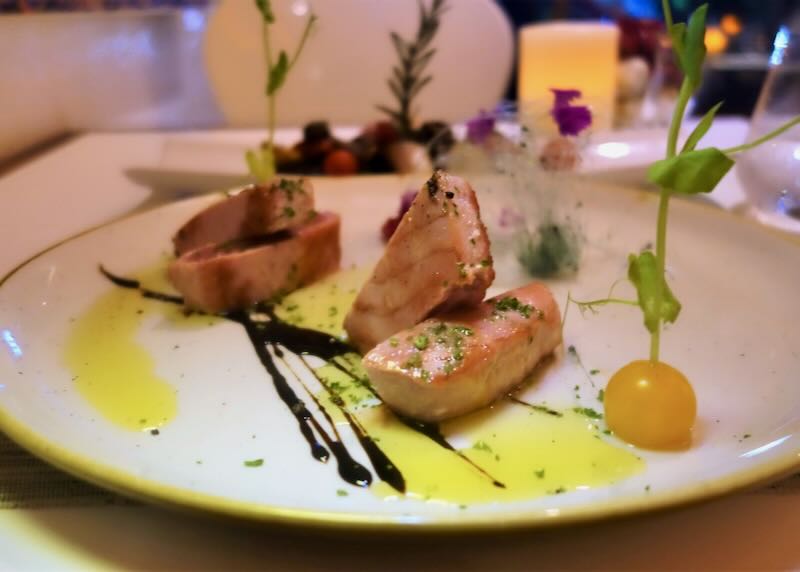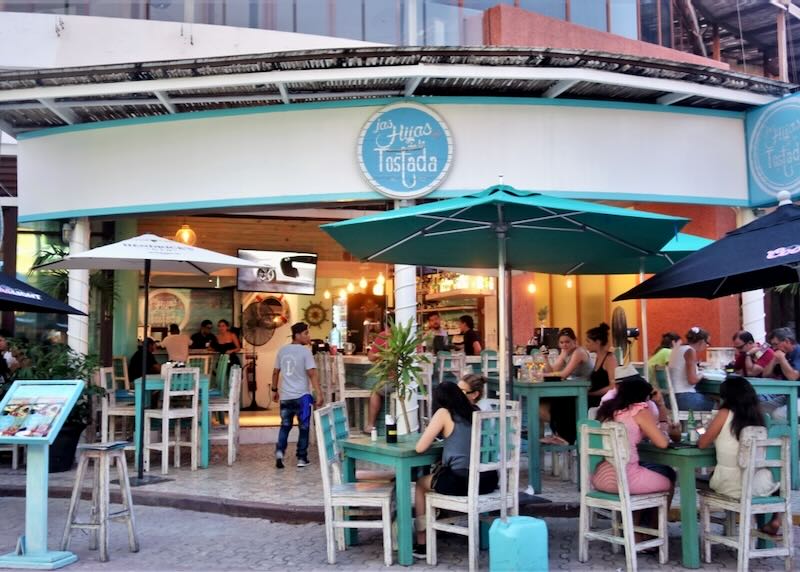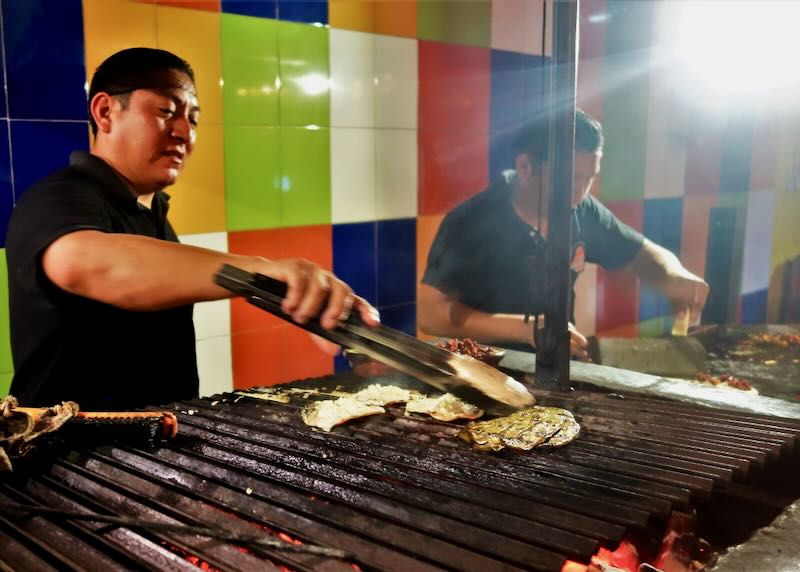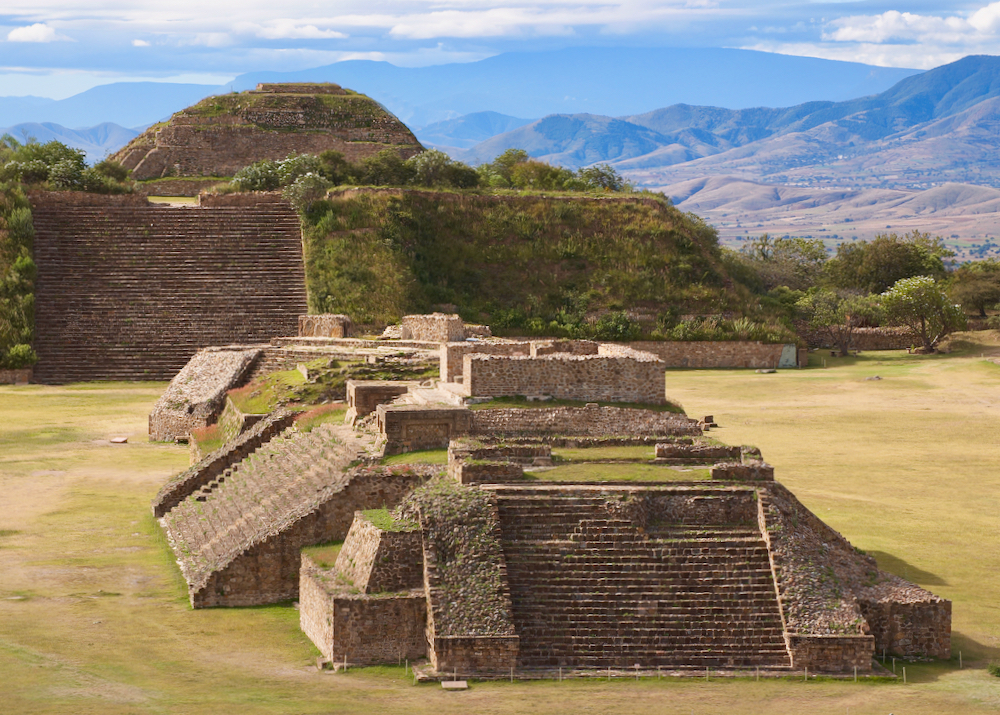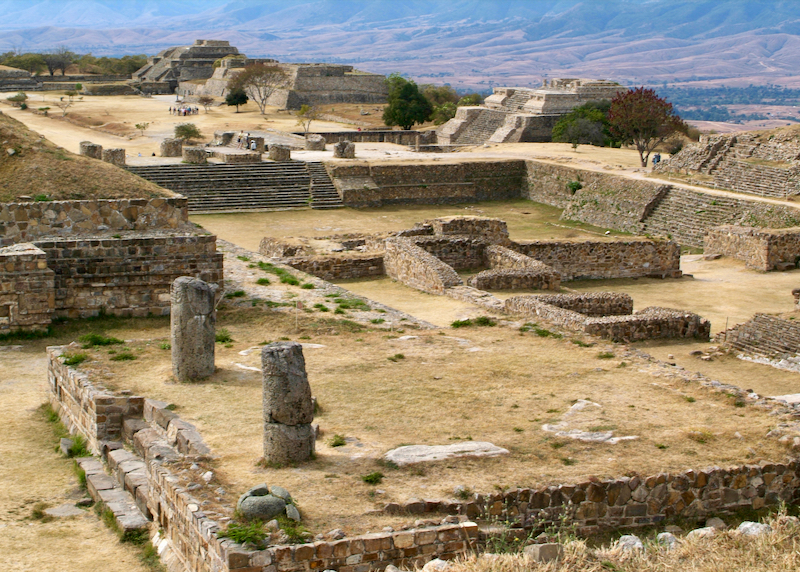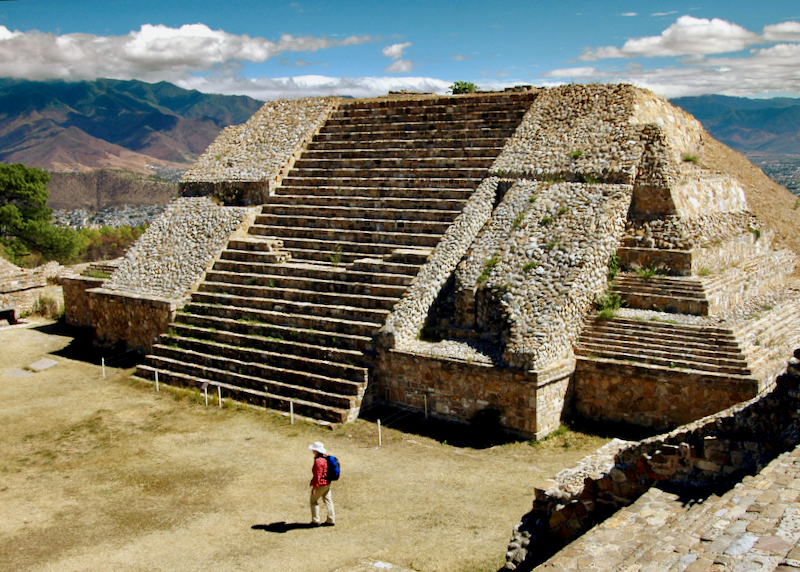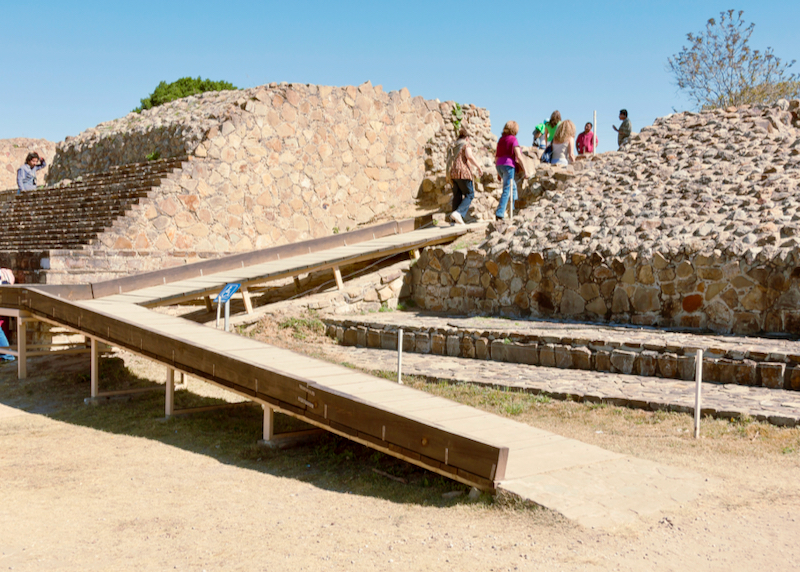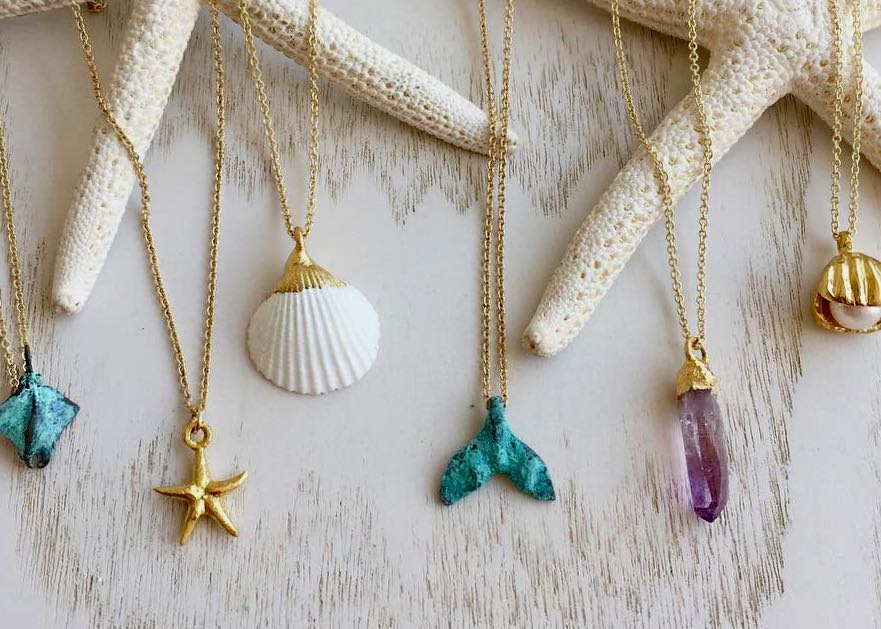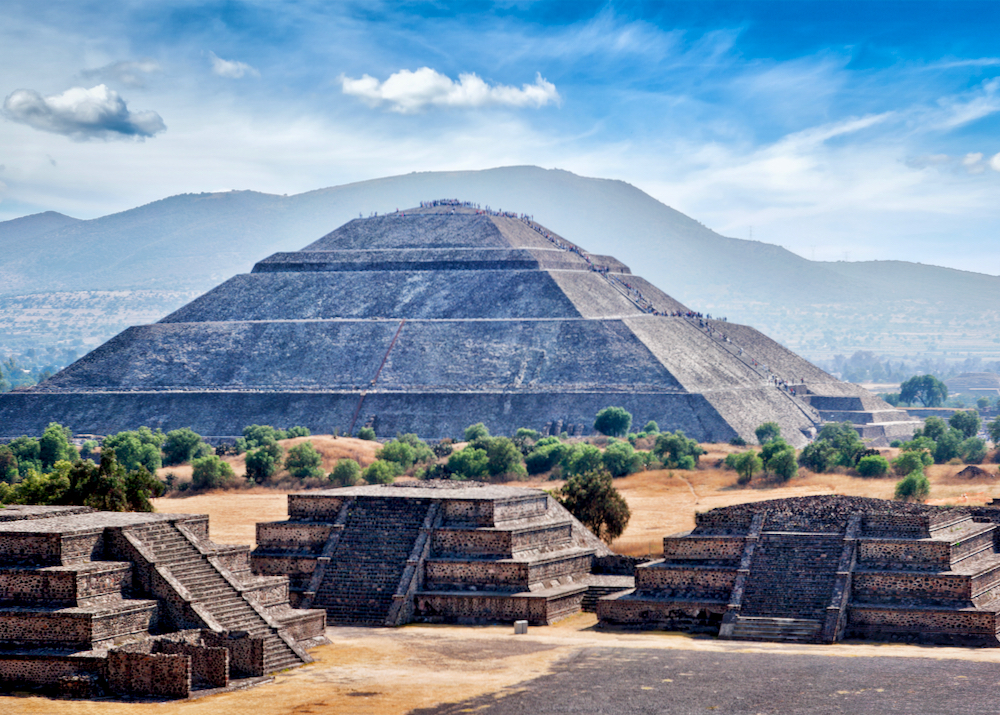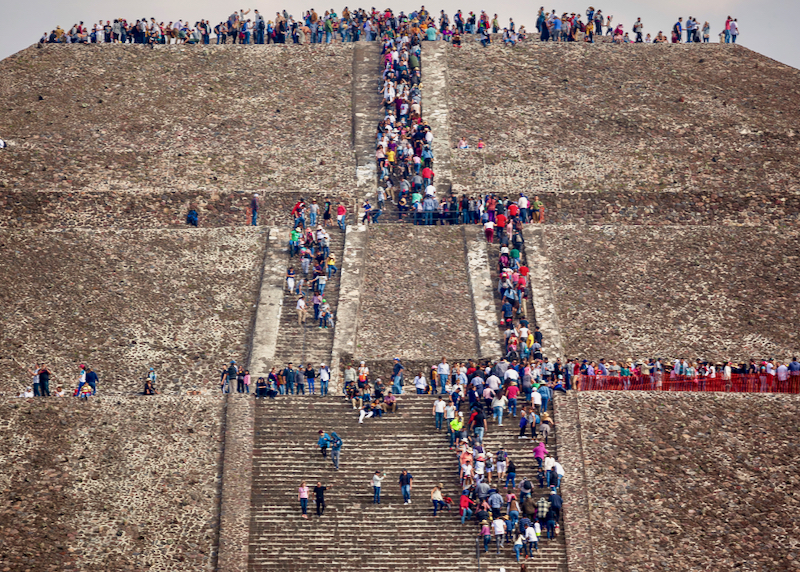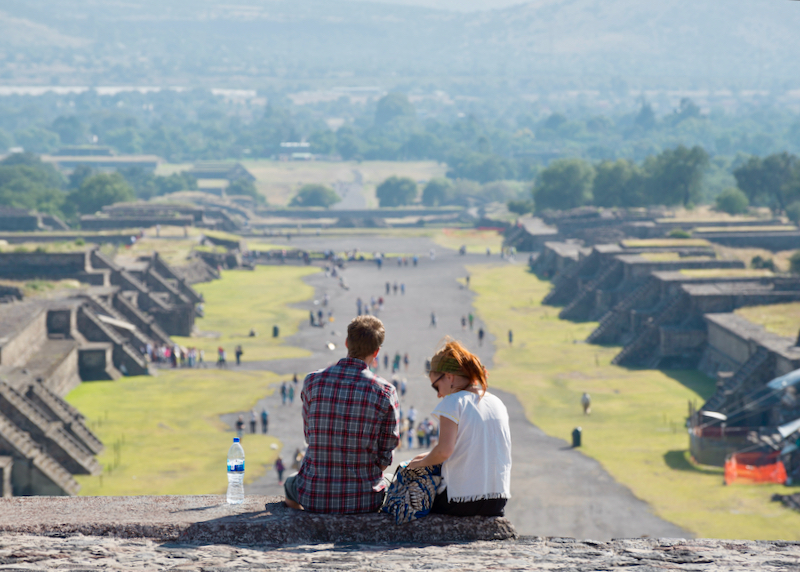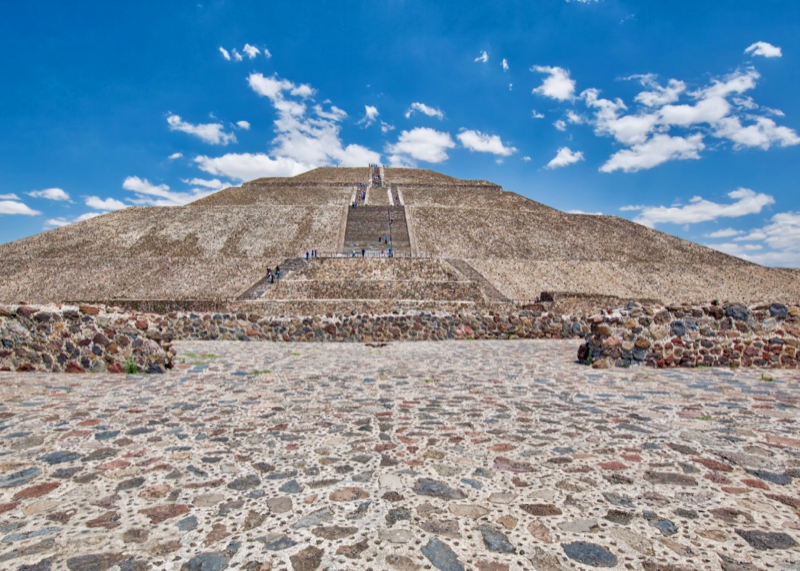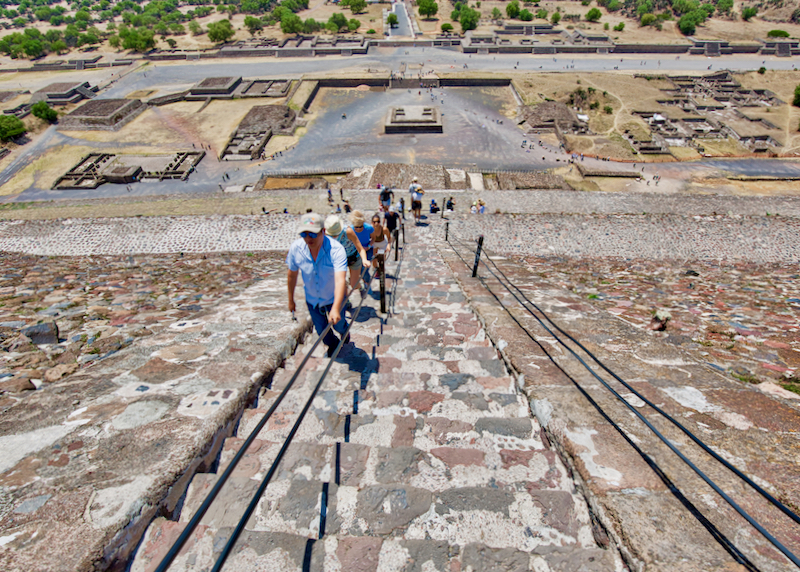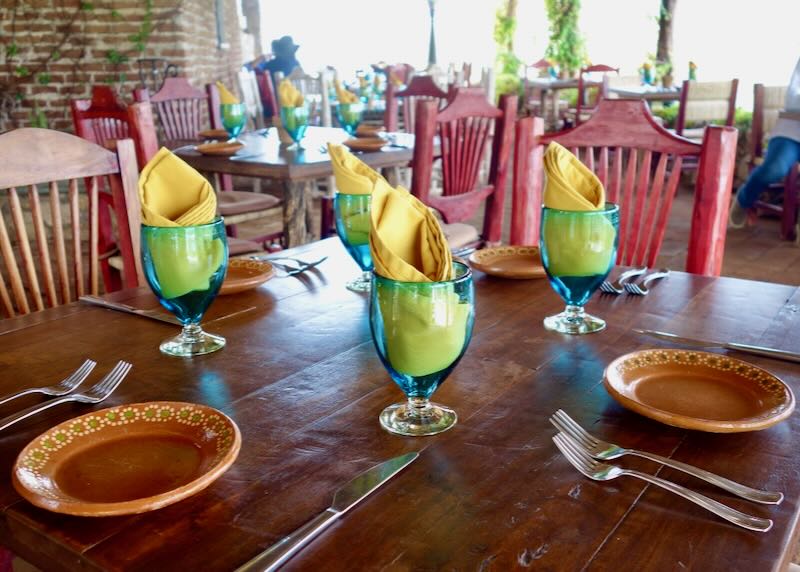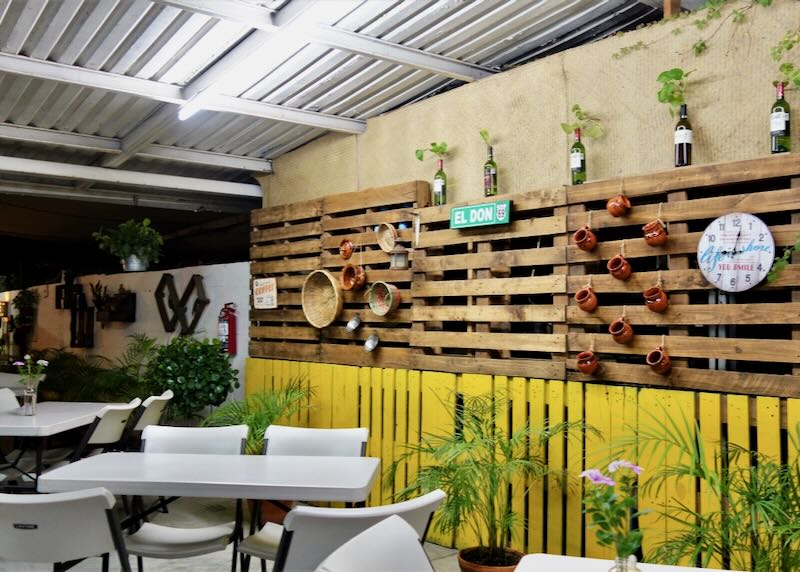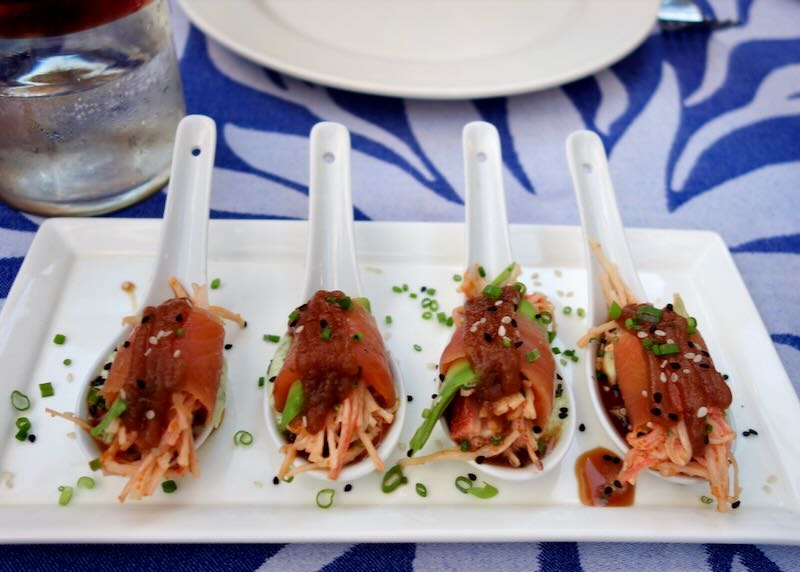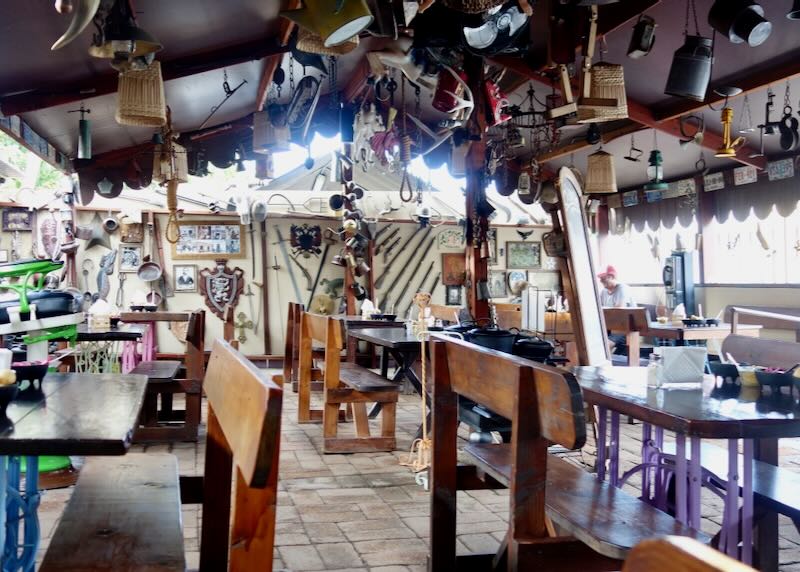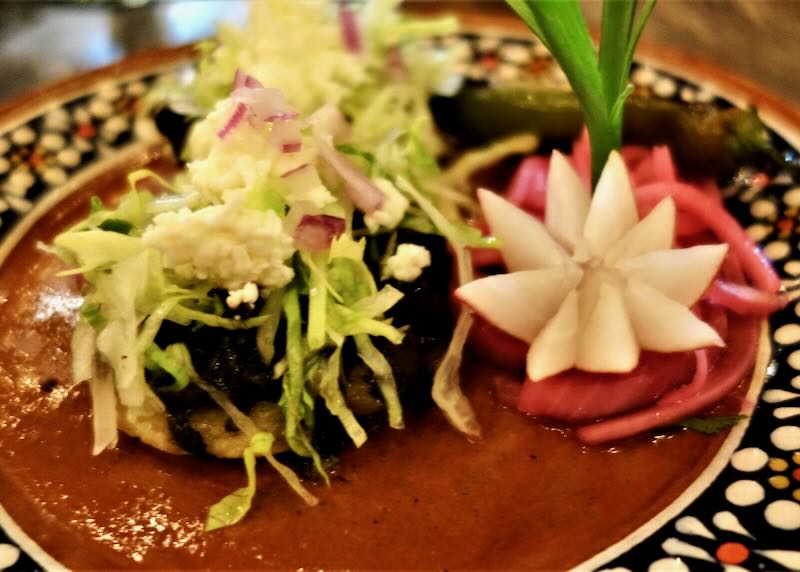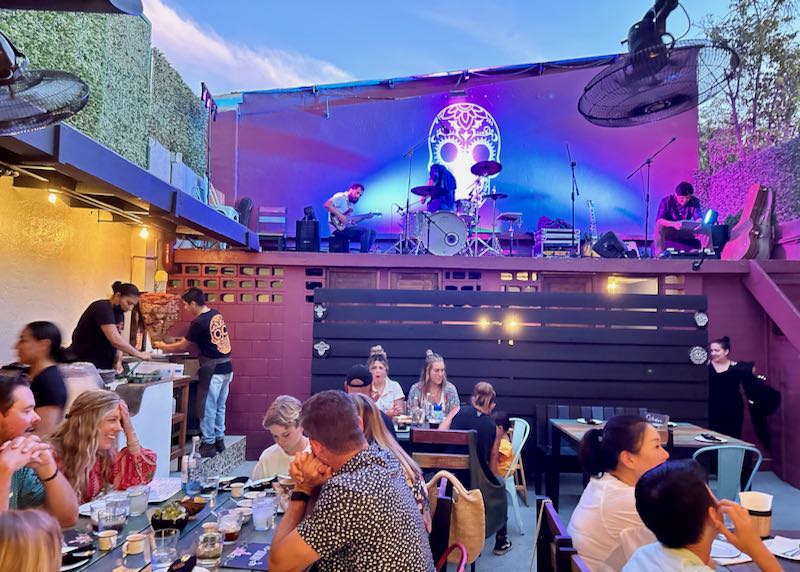Mexico › Puerto Vallarta › Nearby Beaches
Updated: March 7, 2022
See Also
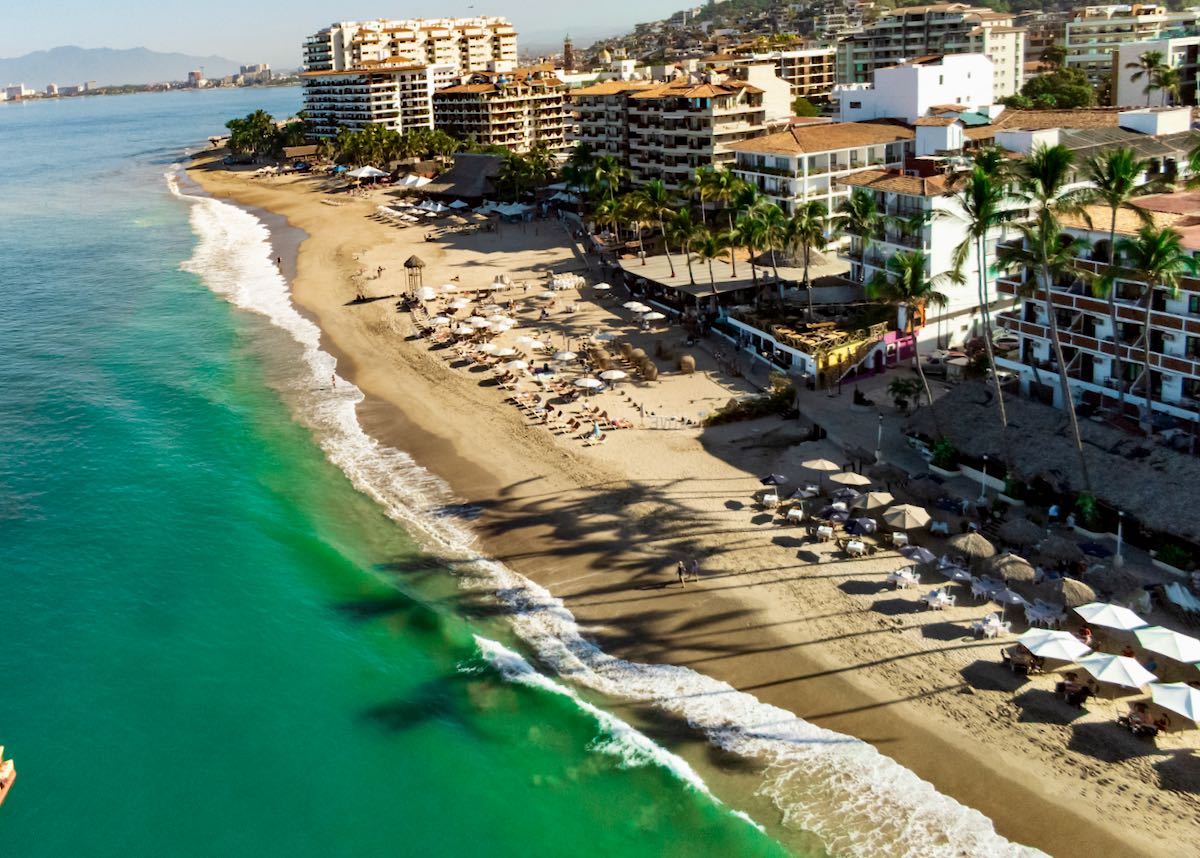
Puerto Vallarta Beaches – Tips & Advice
• When to Visit Puerto Vallarta: PV is at its best mid-April to June and October. April through June has the best weather; May and June have the best hotel deals, and October has the best water for snorkeling and diving.
• The best beach for partying is Playa de los Muertos near Downtown PV. The best beaches for quiet and solitude are Playa Conchas Chinas and Playa Palito Verde. For watersports, make for Las Caletas or Las Ánimas.
• Arrival: Puerto Vallarta’s airport lies 10 km north of the Old Town on the coastal highway (Hwy-200). Pay for taxis at the kiosk before leaving the terminal – rates are tied to a zone system: US$17 (roughly 380 pesos) for Marina Vallarta; US$18 (400 pesos) for the Old Town/Zona Romántica; US$25 (550 pesos) for Nuevo Vallarta; and US$30 (670 pesos) for Mismaloya and Bucerías. All the major car rental firms have desks at the airport.
• TIP: Travelers with not much luggage can save money by walking out of the terminal onto the main highway. From here buses (marked “Punta de Mita” going north, and “Olas Altas” or “Centro” going south) run up and down the coast for a few pesos, while normal city taxis charge roughly 50 to 75 percent less than the airport taxis – always set the price before getting in.
• Time Zones: Puerto Vallarta is officially part of the Zona Central (US Central) time zone (GMT-5). Though Nuevo Vallarta, Bucerías, and Punta de Mita officially lie within the Zona Pacífico (Pacific Zone), the equivalent of Canadian and US Mountain Time (1hr behind PV), in practice all of Banderas Bay now uses Central Time.
• Water Taxis: Beaches south of Boca de Tomátlan can only be accessed by boat (or stiff hikes through the jungle). Water Taxis from Boca run to Las Ánimas (around 50 pesos; 10 minutes) and Yelapa (around 80 pesos; 30 minutes), but always check current schedules at the dock. More expensive water taxis depart Playa Los Muertos pier in the Zona Romántica, usually hourly in high season, for the same destinations. Private boats are also available, but these cost a lot more.
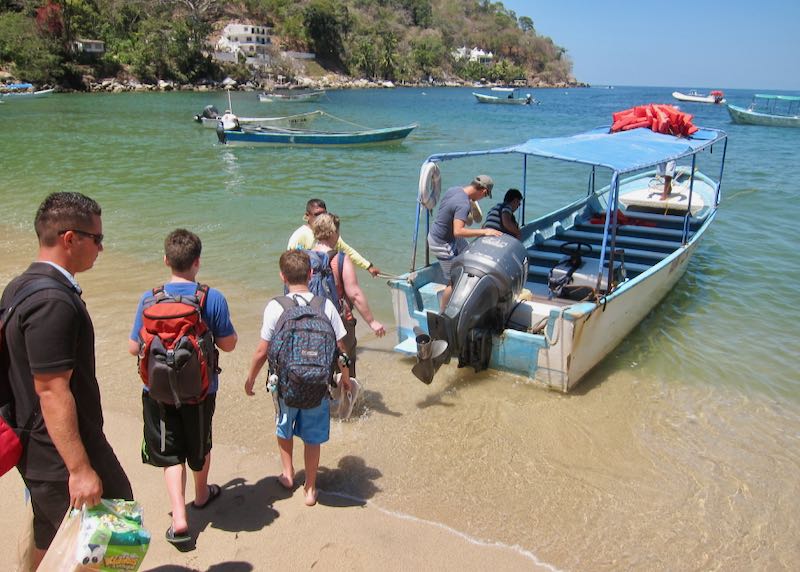
The water taxi from Boca de Tomatlán to Yelapa, Las Ánimas, and Quimixto.
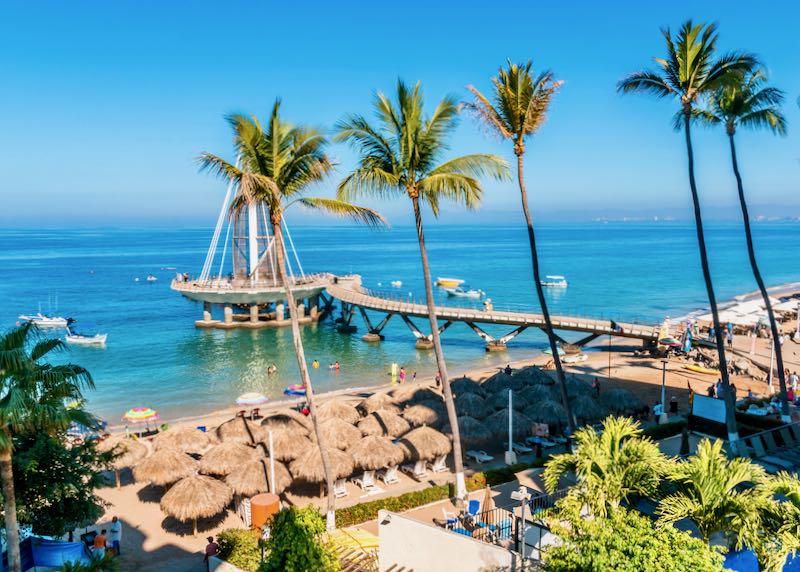
The pier at Playa Los Muertos with boats to Las Ánimas (25 minutes), Quimixto (40 minutes), and Yelapa (55 minutes).
• Buses to Mismaloya (20–25 minutes) and Boca de Tomátlan (another 10 minutes) depart from the Zona Romántica every 10–15 minutes.
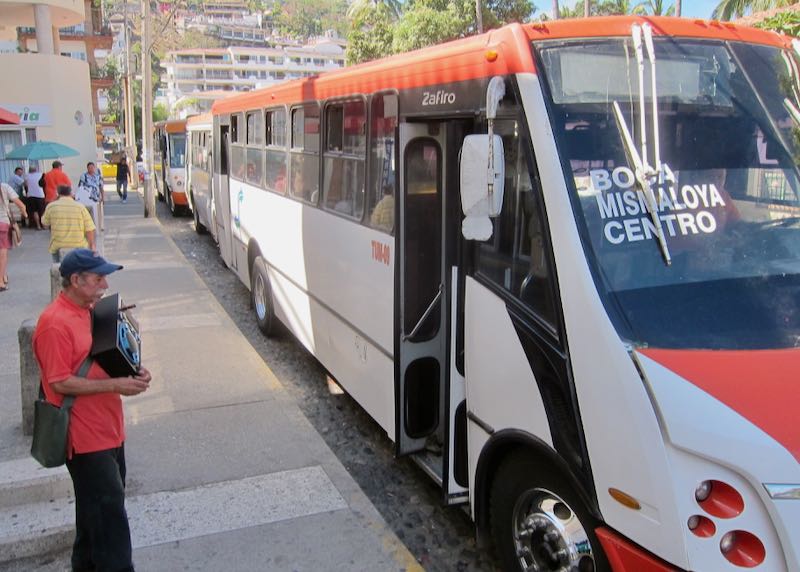
The bus from Puerto Vallarta to Mismaloya.
• Tours: Several companies organize boat tours or “booze cruises” to the southern beaches, which are convenient but pricey. Puerto Vallarta Tours runs trips to Las Ánimas and Yelapa (US$43–64), while Vallarta Adventures runs to Las Caletas for US$149.
• Best beach near PV for surfing: Sayulita is a hip surfing town with good beginner and moderate waves – and a great place for surf lessons. It’s not covered in this post but Sayulita is an easy 50-minute bus or taxi ride from central Puerto Vallarta.
• Cash is king: Most locally run beach restaurants and bars take cash only – take a wad of pesos to be safe (some places will accept US dollars but invariably at bad exchange rates). You’ll need cash to rent beach chairs and umbrellas.
• Note that beaches – even the remote ones – can get mobbed on weekends, so visit on a weekday for a quieter experience.
• Theft of personal items from beaches does happen – never leave anything of value unattended, even on seemingly empty stretches of sand.
The 17 Best Beaches in and around Puerto Vallarta
The enticing beaches of Banderas Bay, backed by the jungle-covered slopes of the Sierra Madre, stretch for more than 40 km (25 miles) north and south of Puerto Vallarta’s Old Town, Viejo Vallarta. There’s plenty of variety, from fun beaches backed by condos and hotels, to wilder locations accessible only by boat.
Our personal favorite is Playa Caballo, a short water taxi ride from Boca de Tomatlán. A tranquil setting with great sand, palm trees, and wonderful swimming. Playa de los Muertos has a deserved reputation for partying and a vibrant nightlife. While Playa Conchas Chinas (south) and Playa Palito Verde (north) are great for beach lovers looking for a quieter, more relaxed experience.
SOUTH OF PUERTO VALLARTA
Note that beyond Boca de Tomatlán, beaches are accessible only by water taxi and private boats.
1. Playa Caballo (10 minutes by boat from Boca)
Gorgeous and often empty beach backed by shady palm trees. Other than two boutique hotels, there are no facilities or activities, and nowhere to eat or drink, but bustling Las Ánimas (see below) is a short walk around the headland. Water taxis and boats only.
Recommended Hotels: Hotelito Mio (luxury/boutique) • Casitas Maraika (luxury/boutique)
2. Playa Colomitos (5 minutes by boat from Boca)
Tiny, sheltered cove with a small beach of soft, white sand, and a snacks and drinks kiosk. Great for swimming and snorkeling. Has a real “hidden beach” feel, but because of its size, can get packed if a couple of tour boats come in. Note also that high tides can sometimes flood the whole beach. Water taxis and boats only – or an energetic 30–40 minute hike from Boca. The nearby Ocean Grill restaurant offers tasty meals and sea views.
3. Playa Conchas Chinas (2 km south of Old Town PV)
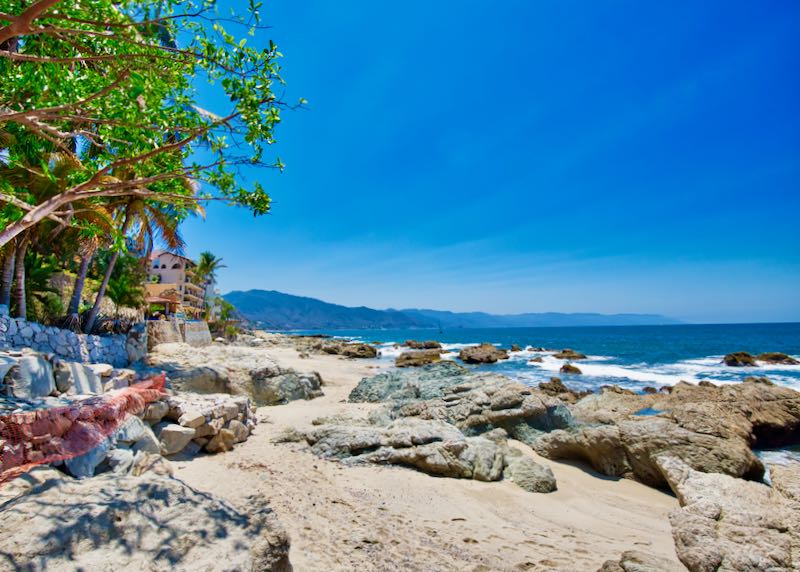
The most scenic city beach, easily accessible by bus or taxi (or an easy 30 minute walk from Zona Romántica). A series of small sandy coves, backed by condos but rarely busy (there are no restaurants or bars). Good for swimming but rip tides can be strong here. The shallow tide pools along the rocky sections of shore are crammed with marine life.
Recommended Hotels: Quinta Maria Cortez (B&B) • Casa Villa Verde (mid-range) • Marboka Hotel & Suites (budget)
4. Playa Palmares (7 km south of Old Town PV)
Fine white-sand beach just below the coastal highway, popular with locals. Calm and perfect for swimming (it’s warm and relatively shallow), though there are very few places to eat and drink. There is a rare public bathroom here with showers (around 10 pesos), and it’s possible to rent umbrellas with table and chairs. Accessible by bus or taxi.
5. Las Caletas (15 minutes by boat from Boca)
Tiny and isolated beach, run as a watersports hub by Vallarta Adventures. Great for swimming and snorkeling. Water taxis and boats only.
6. Yelapa (30 minutes by boat from Boca)
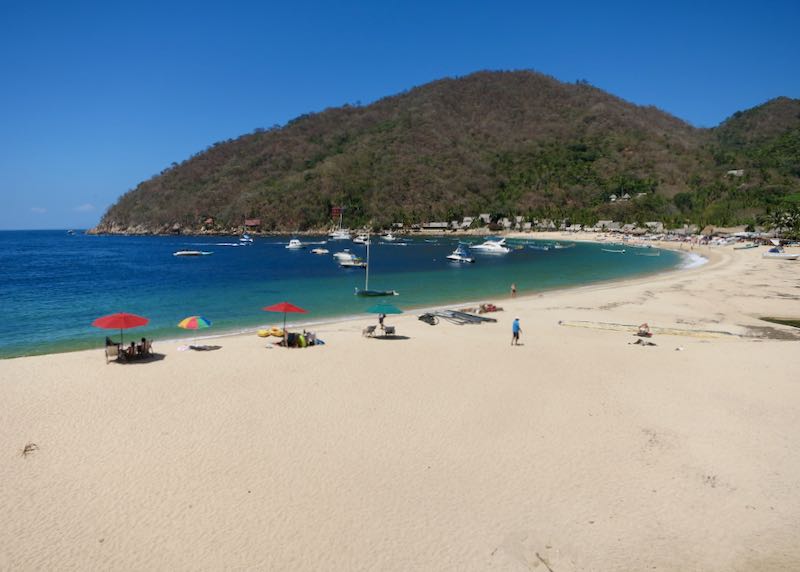
Hemmed in by jungle-smothered hills and coconut palms, this beach and tiny village has a rustic, laidback vibe, despite the steady stream of day-trippers. The white-sand beach is good for swimming and is lined with palapa restaurants. From here it’s a pleasant stroll up the Rio del Tuito to cascading waterfalls. Accessible by boat only – it’s the final water taxi stop.
Recommended Hotels: Casa Berita (luxury/boutique) • Pura Vida Wellness Retreat (mid-range) • La Loma Yelapa (mid-range) • Casa Isabel (mid-range)
7. Playa de los Muertos (Zona Romántica)
The primary (and most fun) city beach lies just south of the old town. It’s crowded, is lined with hotels, features mostly coarser, brown sand and is fairly narrow but it’s by far the best beach for eating, drinking, and partying – swimming is good too. The stylish Playa Los Muertos pier divides the beach in two, with the LGBT section lying at the southern end, opposite the Blue Chairs Resort.
Recommended Hotels: Playa Los Arcos Beach Resort (mid-range) • Almar Resort (mid-range, LGBT-friendly) • Villa Verano (luxury)
8. Mismaloya (12 km south of old town PV)
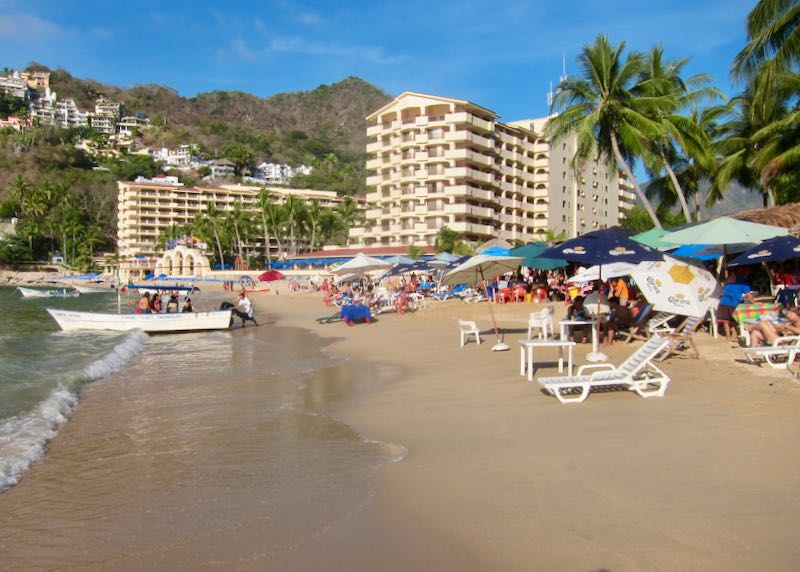
The best-known and most accessible southern beach (take a bus or taxi), made famous by John Huston’s film “The Night of the Iguana”. Today it’s a small, sandy strip dominated by the Barceló hotel, but with a handful of cheap palapa restaurants and local vendors. Good for watersports and wonderful snorkeling trips to Los Arcos, tiny islets just offshore rich in marine life.
Recommended Hotels: Barceló (luxury) • Villa Los Arcos (luxury) • Casa Iguana (budget, great pool)
9. Playa Quimixto (15 minutes by boat from Boca)
Relatively quiet and empty beach backed by a small village. Just a couple of beach restaurants and not much else. Trails lead up river to a refreshing waterfall and swimming hole. Water taxis and boats only.
Recommended Hotel: Xinalani Retreat (luxury)
10. Las Ánimas (10 minutes by boat from Boca)
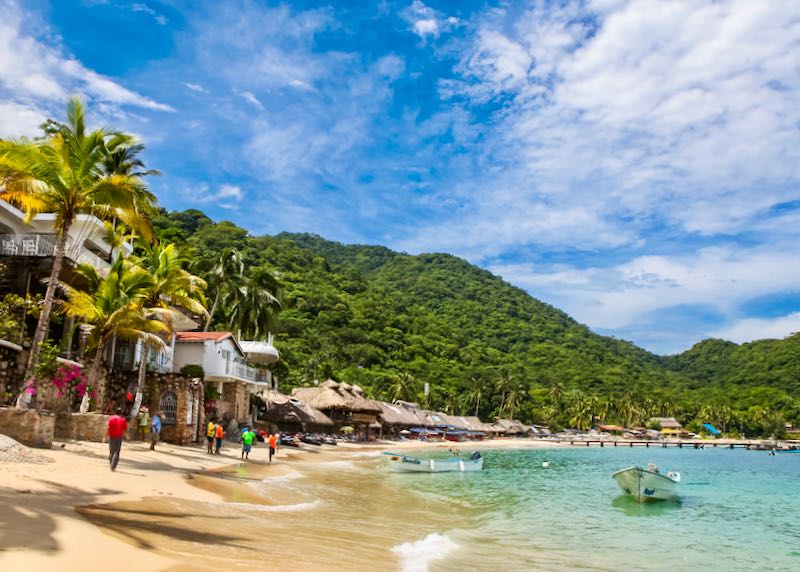
Long, sandy, but narrow beach crammed with restaurants and bars, just around the headland from Playa Caballo. Haven for fun activities – jet skiing, banana boats and parasailing – but can get very busy. Water taxis and boats only – or a strenuous 2hr-hike from Boca.
NORTH OF PUERTO VALLARTA
All the beaches north of Old Town PV are accessible by taxi/car and bus.
11. Playa Palito Verde (34 km north of Old Town PV)
First of the northern beaches free of all development – it’s a gorgeous, shallow bay a short walk off the main road, with no facilities, no shade, and no food. Best place to escape the crowds and great for swimming.
12. Bucerías (25 km north of Old Town PV)
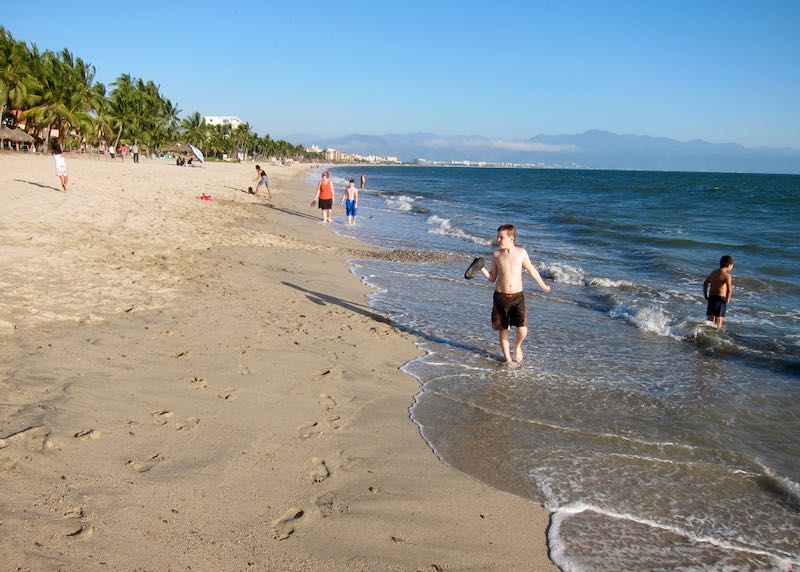
Wonderful sand and calm waters for people who like to swim. Bucerías is a busy town but its chalk-white beach is rarely packed and there are plenty of low-key beach restaurants.
Recommended Hotels: Royal Decameron (luxury) • Aventura Pacifico (mid-range) • Unelma Bungalows (budget)
13. Playa Destiladeras (36 km north of Old Town PV)
Wide, sandy beach that’s isolated and rarely busy but offers a bit more in the way of services and food options than nearby Palito Verde.
Recommended Hotel: Marival Armony Luxury Resort & Suites (luxury)
14. Nuevo Vallarta (20 km north of Old Town PV)
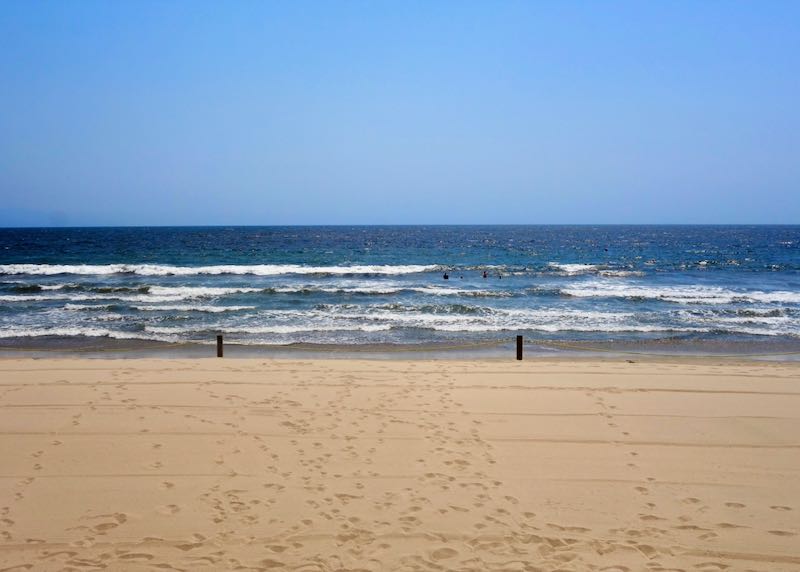
The long stretch of sand that runs along this newer, upscale resort area is flat, calm, and rarely busy, lined with hotels and palm trees. Good for swimming.
Recommended Hotels: Hard Rock Hotel (luxury) • Bahía del Sol (mid-range) • Paradise Village (mid-range)
15. Playa Camarones (Zona Hotelera, 1 km north of Old Town PV)
“Shrimp Beach” is at the heart of PV’s hotel zone for good reason, with a gorgeous swath of sand (always very clean), plenty of activities, vendors, and relatively pricey dining options. Good for swimming and it’s big enough absorb visitors without feeling busy.
Recommended Hotels: Sheraton Buganvilias (luxury) • Dreams Vallarta Bay (luxury) • Villa Premiere Boutique Hotel (luxury)
16. Playa la Manzanilla (32 km north of Old Town PV)
Small white-sand beach in a sheltered bay perfect for swimming, with several cheap (and excellent) seafood restaurants and beach bars. Always busy at weekends.
17. Punta de Mita (49 km north of Old Town PV)
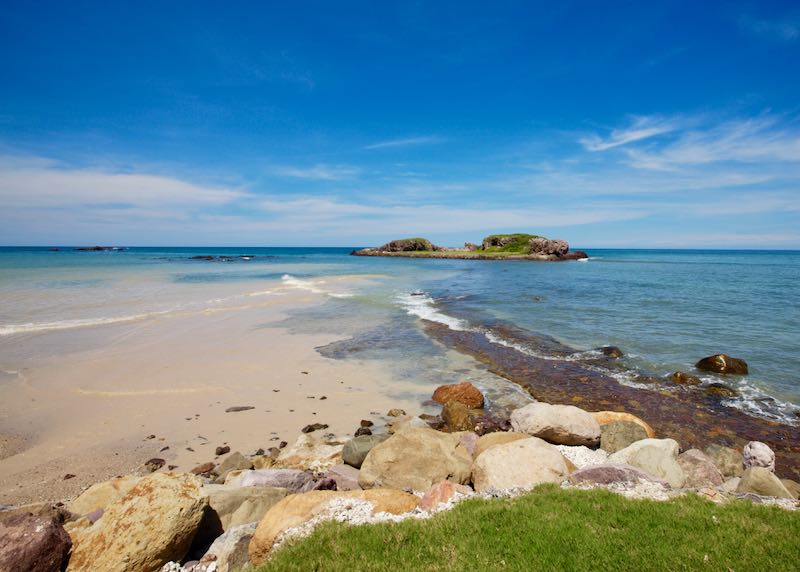
Right at the very northern tip of Banderas Bay, the pristine, empty beaches along this headland are mostly reserved for the private “Club Punta Mita” development and its associated properties, but are stunning nonetheless. Day passes available but expensive.
Recommended Hotels: Four Seasons (luxury) • St. Regis (luxury)
